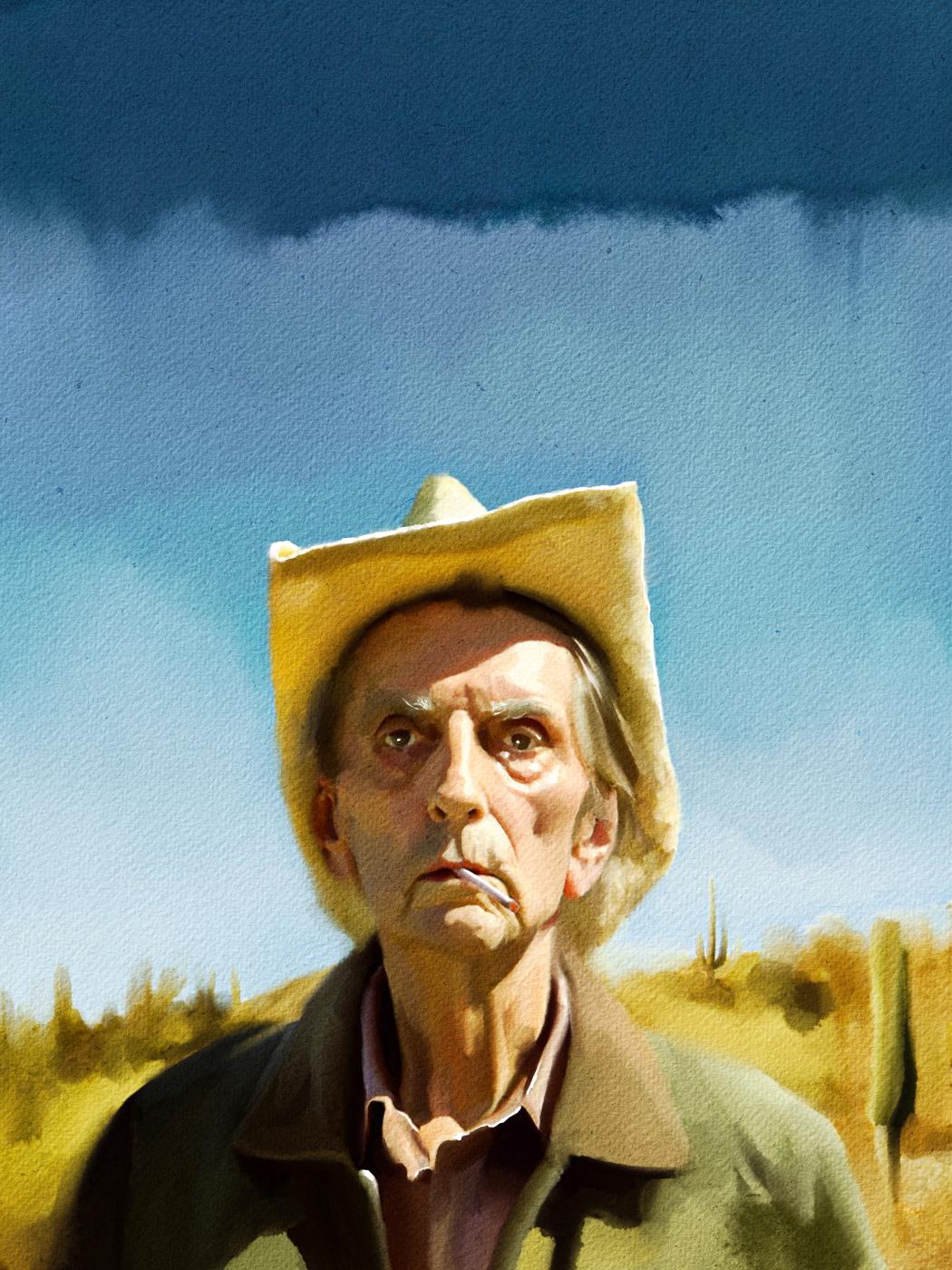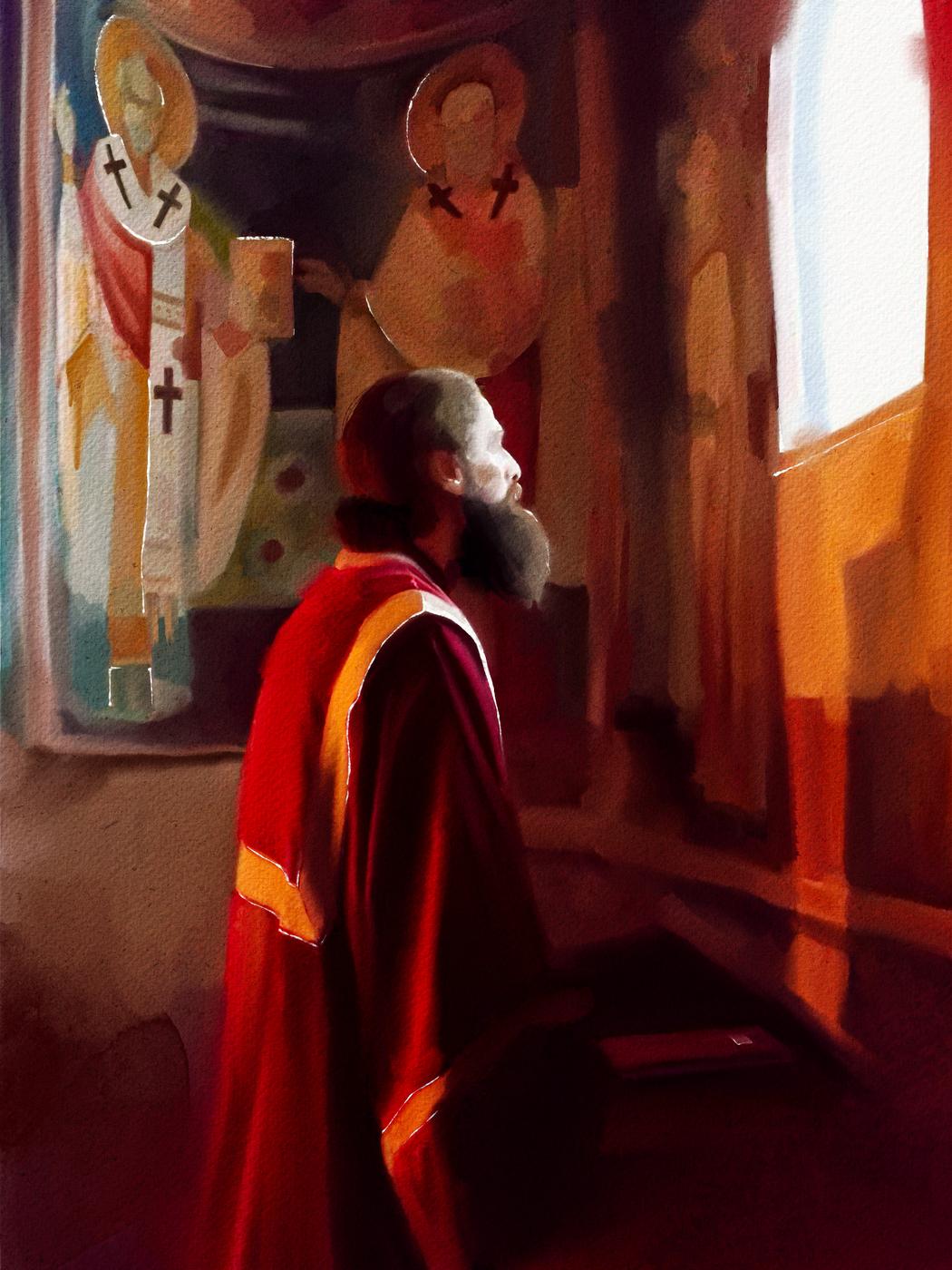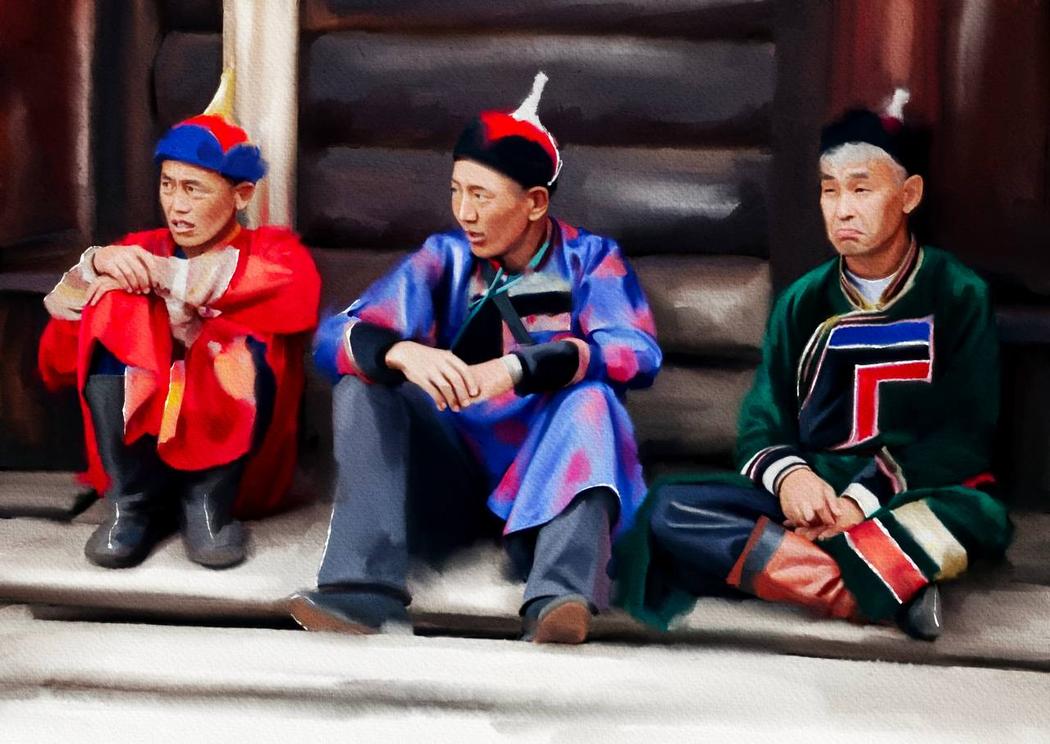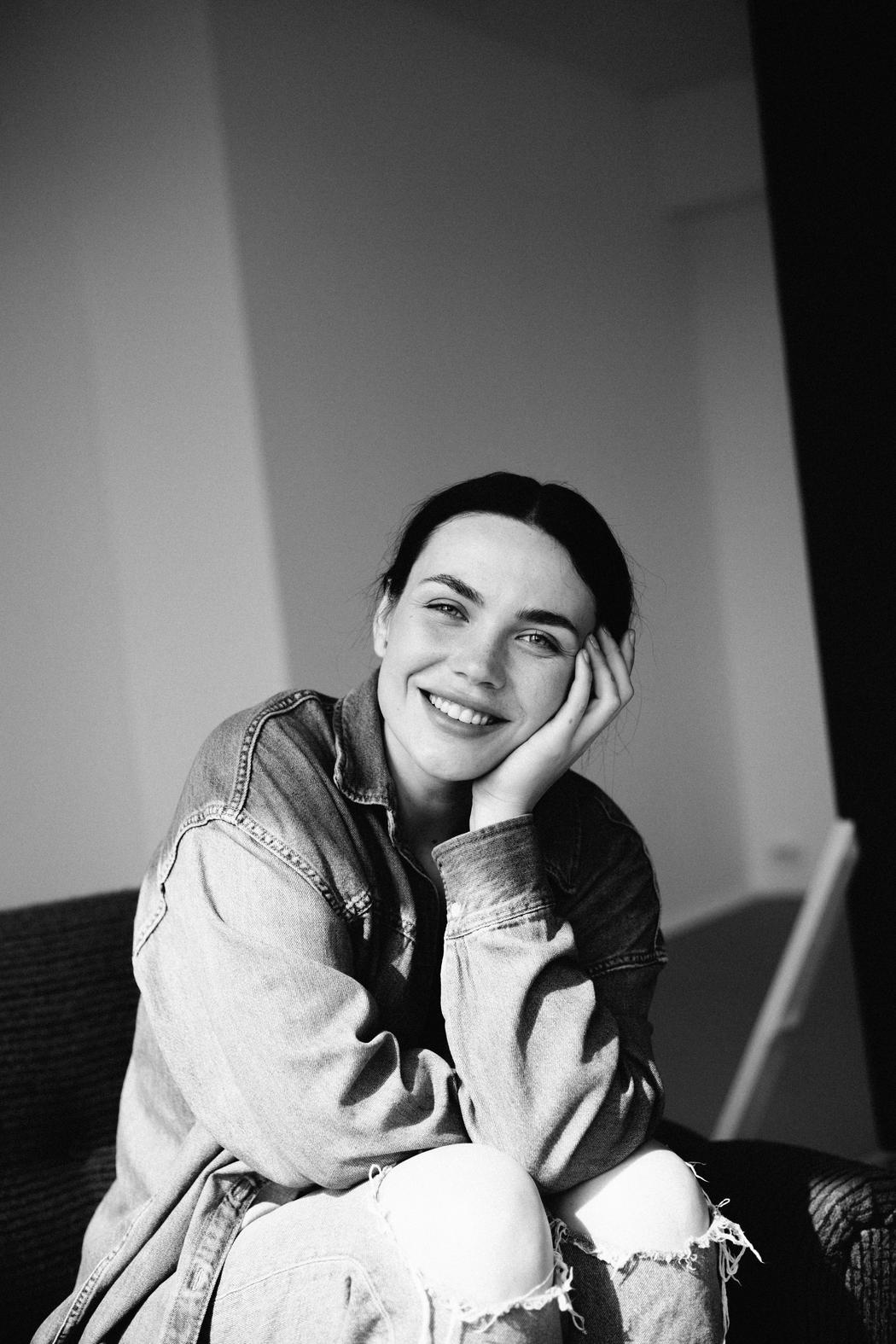Emma Shleyger
Your work often explores silence, identity, and memory. How did these themes become central to your artistic vision?
They emerged not through theory, but through experience personal, familial, historical. For me, art became a way to listen to what had been silenced, forgotten, or hidden. Silence is not merely the absence of sound; it is the space in which the inner voice begins to speak. Identity is not a constant it’s a search. And memory is not an archive, but a living process. These themes are natural companions for an artist who works not just with surface, but with depth.
As both an artist and researcher, how do your academic pursuits inform your creative practice?
I believe that thinking and feeling are inseparable. Research helps me articulate my artistic intuitions more precisely, and to understand the broader contexts into which my work enters. Scholarship offers distance and clarity, while painting brings me back to presence and embodiment. This connection is especially meaningful when dealing with topics like visual memory, the philosophy of the image, or the sacred nature of form.

Can you describe the emotional or spiritual experience you aim to evoke in viewers of your portraits?
I’m not drawn to shock or provocation. What matters to me is evoking a sense of presence with another person, with oneself, or with something greater. In portraiture, I look for vulnerability and truth that threshold where a face ceases to be anatomy and becomes an interior landscape. Sometimes this evokes stillness, sometimes a quiet unease, but always I seek a point of contact.
You’ve completed sacred icon commissions for a heritage church. How does working on religious art differ from your other practice?
Icon painting requires a distinct state both inward and technical. The artist’s ego must step back to allow a different kind of image to emerge. In that sense, iconography is an act of humility, yet one that demands deep attention. In my studio work, I explore, question, search. In sacred art, I listen and follow. This experience transformed the way I think about form and time.

Many of your works carry a deep sense of stillness. How do you technically achieve this effect in your painting process?
Through tempo and attentiveness. I work slowly, in layers, with long pauses between stages. Light is built as structure, not as an impression. I avoid harsh contrasts, favoring halftones, subtle transitions, the breath of form. Stillness doesn’t come from frozen gesture but from the sense that time has expanded inside the painting like a slow inhale. It’s technical, yes, but also intentional.
You are a member of several international art associations. How has this global network shaped your opportunities or collaborations?
It created space for dialogue. You see how artists from different cultures think, what they care about, what visual language they choose. It’s not about “global success,” but about being part of a living, thoughtful professional community. Through exhibitions, curatorial selections, and publications, I’ve found not just new opportunities, but a sense that my work resonates beyond local boundaries.

In a world of constant noise, how do you think art that “speaks quietly” can reach and move audiences?
I believe this kind of art is essential. Noise disorients, but quiet art anchors. It creates a space of attention, trust, and inwardness. It doesn’t impose it remains. That’s its strength. Perhaps this is my inner mission as an artist: to remind us of a different density of perception, of the depth we can only experience when we slow down.


Leave a Reply
You must be logged in to post a comment.